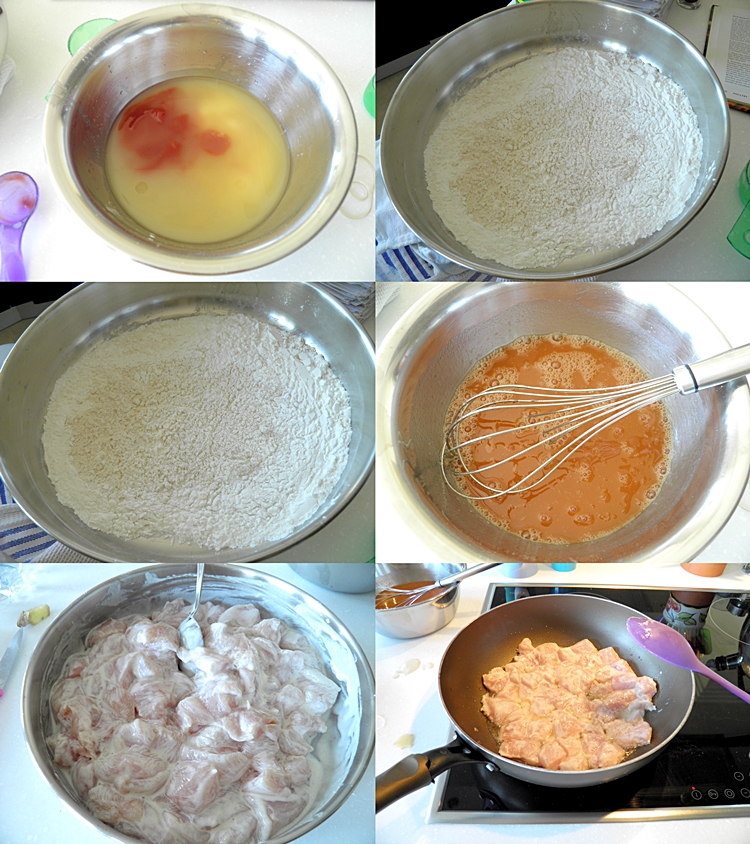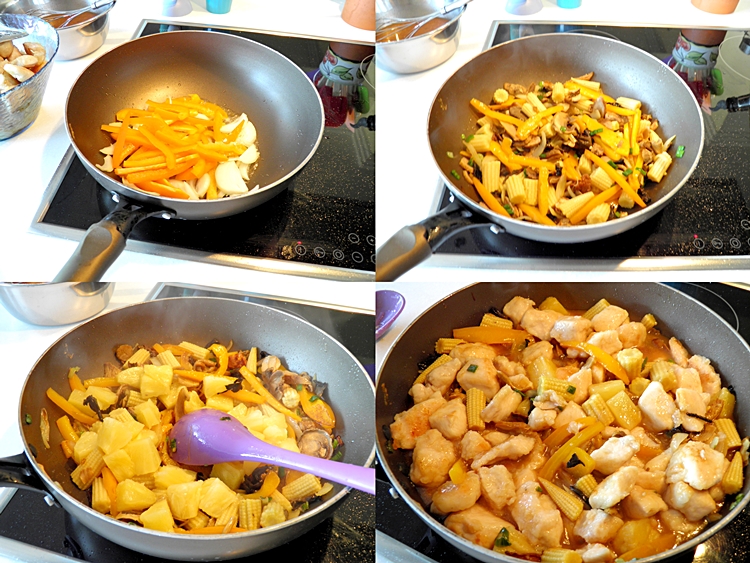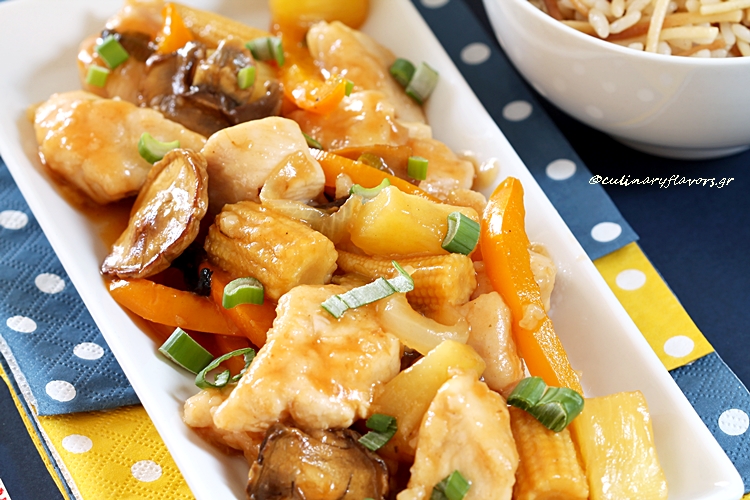While many kinds of merchandise traveled along the Silk Road, the name comes from the popularity of Chinese silk in the west and especially in Rome. The Silk Road routes stretched from China through India, Asia Minor, up throughout Mesopotamia, to Egypt, the African continent, Greece, Rome, and Britain.
This Road was an ancient network of trade routes, formally established during the Han Dynasty of China, which linked the regions of the ancient world in commerce between 130 BC- AD 1453.
The European explorer Marco Polo traveled on these routes and described them in depth in his famous work. Both terms for this network of roads were coined by the German geographer and traveler, Ferdinand von Richthofen, in AD 1877, who designated them ‘Seidenstrasse’ (silk road) or ‘Seidenstrassen’ (silk routes). Polo, and later von Richthofen, make mention of the goods which were transported back and forth on the Silk Road.
From West to East these goods included: Horses, Saddles and Riding Tack, The grapevine and grapes, Dogs and other animals both exotic and domestic, Animal furs and skins, Honey, Fruits, Glassware, Woolen blankets, rugs, carpets, Textiles (such as curtains), Gold and Silver, Camels, Slaves, Weapons and armor.
From East to West the goods included: Silk, Tea, Dyes, Precious Stones, China (plates, bowls, cups, vases), Porcelain, Spices (such as cinnamon and ginger), Bronze and gold artifacts, Medicine, Perfumes, Ivory, Rice, Paper, Gunpowder.
The network was used regularly from 130 BC, when the Han officially opened trade with the west, to AD 1453, when the Ottoman Empire boycotted trade with the west and closed the routes. By that time, Europeans had become used to the goods from the East and, when the Silk Road closed, merchants needed to find new trade routes to meet the demand for these goods.
The closure of the Silk Road initiated the Age of Discovery (AD 1453-1660) which would be defined by European explorers taking to the sea and charting new water routes to replace over-land trade. The Silk Road – from its opening to its closure – had so great an impact on the development of world civilization that it is difficult to imagine the modern world without it.
I was watching Marco Polo the other night and coincidentally my son has all these discoveries in his history lesson at school. So, it was only natural for me to cook something Asian. We all love this type of food in my home and it was a fantastic opportunity for a long talk about discoveries, cultural influence and form of civilizations over this sweet and pungent chicken which, by the way, was simply exquisite!
- 2 chicken breasts, skinless, boneless, cut in cubes
- ⅓ cup cornstarch
- ⅓ cup flour
- 1 tsp sugar
- ¼ tsp salt
- ¼ tsp baking powder
- ⅓ cup water
- 1 can pineapple chunks in their juice
- ¼ cup white vinegar
- 3 tbsp light brown sugar
- 4 tbsp ketchup
- 1 tbsp soya sauce
- 2 tbsp honey
- 4 tsp cornstarch
- ¼ tsp salt, chili pepper according to your liking
- ½ cup chicken stock
- 1 bell pepper any color, julienned
- 1 onion, cut in thick slices
- 1 can baby corn, cut in chunks
- 1 scallion, sliced
- 30 gr. / 1 oz. dried mushrooms soaked in hot water
- Combine the ⅓ cup cornstarch, flour, sugar, the ¼ tsp salt, baking powder in a medium bowl.
- Stir in water to form a smooth batter somewhat thick.
- Add the chicken pieces and mix well.
- Drain pineapple reserving the juice.
- Set the chunks aside.
- In a bowl combine the pineapple juice, 4 tsp of cornstarch, ¼ tsp salt, chili pepper, vinegar, brown sugar, ketchup, soya and honey and set aside.
- In a wok add ¼ cup of sesame oil and in medium/high heat deep fry the chicken pieces in batches after you have shaken off the excess batter.
- Fry about four minutes or until golden brown and chicken is no longer pink inside.
- Stir to break up pieces with a spoon.
- Remove the chicken pieces with a slotted spoon and pour off the oil.
- In the same wok add two to three tbsp of sesame oil and over medium heat sauté the onion.
- After couple of minutes add the pepper.
- After couple more minutes add scallion.
- Drain the mushrooms and drop them to vegetables.
- When the veggies are somewhat soft add the pineapple chunks, the baby corn and the chicken stock and bring to boil.
- Boil until the stock loses half of its volume.
- Add the pineapple juice and ketchup mixture and stir gently to combine.
- When the sauce begins to thicken return the chicken pieces to the wok and cook for 5 minutes.
- Remove and serve over rice or noodles.
- 2 στήθη κοτόπουλου, χωρίς δέρμα, χωρίς κόκαλα, κομμένα σε κύβους
- ⅓ φλ. κορν φλάουρ
- ⅓ φλ. αλεύρι
- 1 κ.γ. ζάχαρη
- ¼ κ.γ. αλάτι
- ¼ κ.γ. μπέικιν πάουντερ
- ⅓ φλ. νερό
- 1 κονσέρβα ανανά σε κομμάτια στο χυμό τους
- ¼ φλ. λευκό ξύδι
- 3 κ.σ. καστανή ζάχαρη
- 4 κ.σ. κέτσαπ
- 1 κ.σ. σάλτσα σόγιας
- 2 κ.σ. μέλι
- 4 κ.γ. κορν φλάουρ
- ¼ κ.γ. αλάτι, πιπέρι τσίλι κατά βούληση
- ½ φλ. ζωμό κοτόπουλου
- 1 πιπεριά οποιοδήποτε χρώμα, κομμένη ζουλιέν
- 1 κρεμμύδι κομμένο σε χοντρές φέτες
- 1 κονσέρβα καλαμπόκι baby, κομμένα σε κομμάτια
- 1 κρεμμυδάκι, κομμένο σε φέτες
- 30 γρ. Αποξηραμένα μανιτάρια μουλιασμένα σε ζεστό νερό
- Συνδυάστε το ⅓ φλιτζάνι κορν φλάουρ, το αλεύρι, τη ζάχαρη, το ¼ κουταλάκι του γλυκού αλάτι και το μπέικιν πάουντερ σε ένα μεσαίο μπολ.
- Ρίξτε το νερό για να σχηματιστεί ένας χυλός.
- Προσθέστε τα κομμάτια κοτόπουλου και ανακατέψτε καλά.
- Στραγγίξτε τον ανανά και κρατήστε το χυμό.
- Βάλτε στην άκρη τα κομμάτια.
- Σε ένα μπολ αναμίξτε το χυμό ανανά, τα 4 κουταλάκια του γλυκού κορν φλάουρ, το ¼ κουταλάκι του γλυκού αλάτι, το πιπέρι τσίλι, το ξύδι, τη μαύρη ζάχαρη, την κέτσαπ, τη σόγια και το μέλι και βάλτε τα στην άκρη.
- Σε ένα Wok προσθέστε ¼ φλιτζάνι σησαμέλαιο και σε μέτρια/υψηλή θερμοκρασία τηγανίστε τα κομμάτια κοτόπουλου σε παρτίδες, αφού τα σταργγίσετε από τον επιπλέοντα χυλό.
- Τηγανίστε περίπου τέσσερα λεπτά ή μέχρι να ροδίσουν και το κοτόπουλο να μην είναι πλέον ροζ μέσα.
- Ανακατέψτε για να αποσυγκολληθούν τα κομμάτια με ένα κουτάλι.
- Αφαιρέστε τα κομμάτια κοτόπουλου με μία τρυπητή κουτάλα και χύστε όλο το λάδι.
- Στο ίδιο Wok προσθέστε δύο έως τρεις κουταλιές της σούπας σησαμέλαιο και σε μέτρια φωτιά σοτάρετε το κρεμμύδι.
- Μετά από μερικά λεπτά προσθέστε την πιπεριά.
- Μετά από δύο λεπτά προσθέστε το κρεμμυδάκι.
- Στραγγίστε τα μανιτάρια και προσθέστε τα στα λαχανικά.
- Όταν τα λαχανικά μαλακώσουν προσθέστε τα κομμάτια ανανά, το καλαμπόκι baby και το ζωμό κοτόπουλου και φέρτε σε βρασμό.
- Βράστε μέχρι ο ζωμός να χάσει το μισό του όγκου του.
- Προσθέστε το μίγμα χυμού ανανά/κέτσαπ και ανακατέψτε απαλά για να πάει παντού.
- Όταν η σάλτσα αρχίζει να πήζει επιστρέψτε τα κομμάτια κοτόπουλου στο wok και μαγειρέψτε για 5 λεπτά.
- Αφαιρέστε και σερβίρετε πάνω από ρύζι ή noodles.





